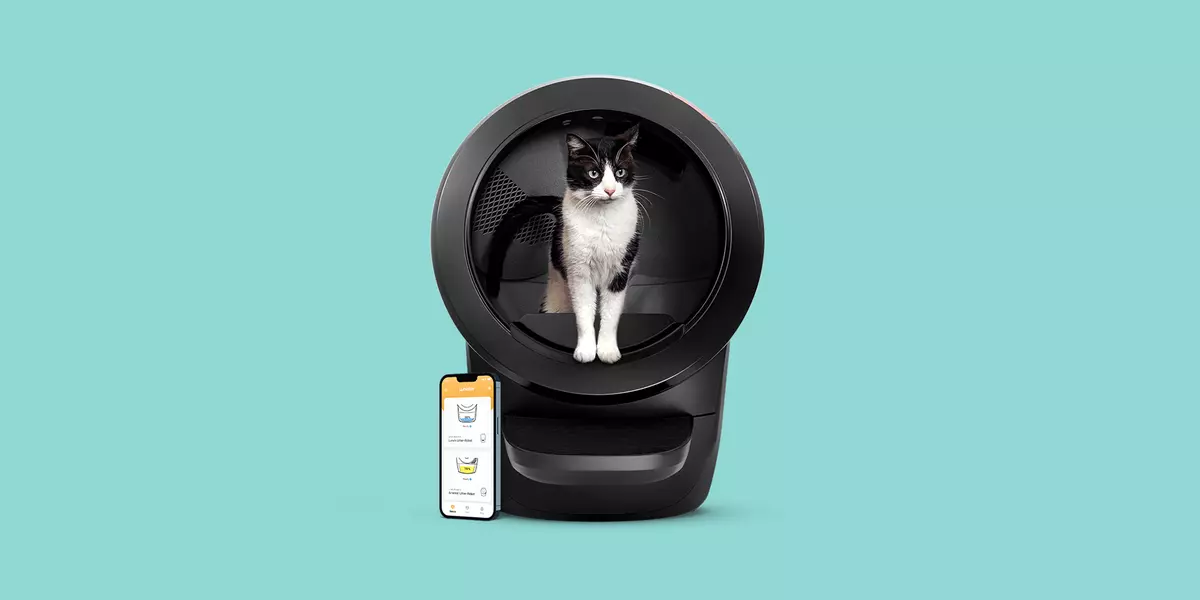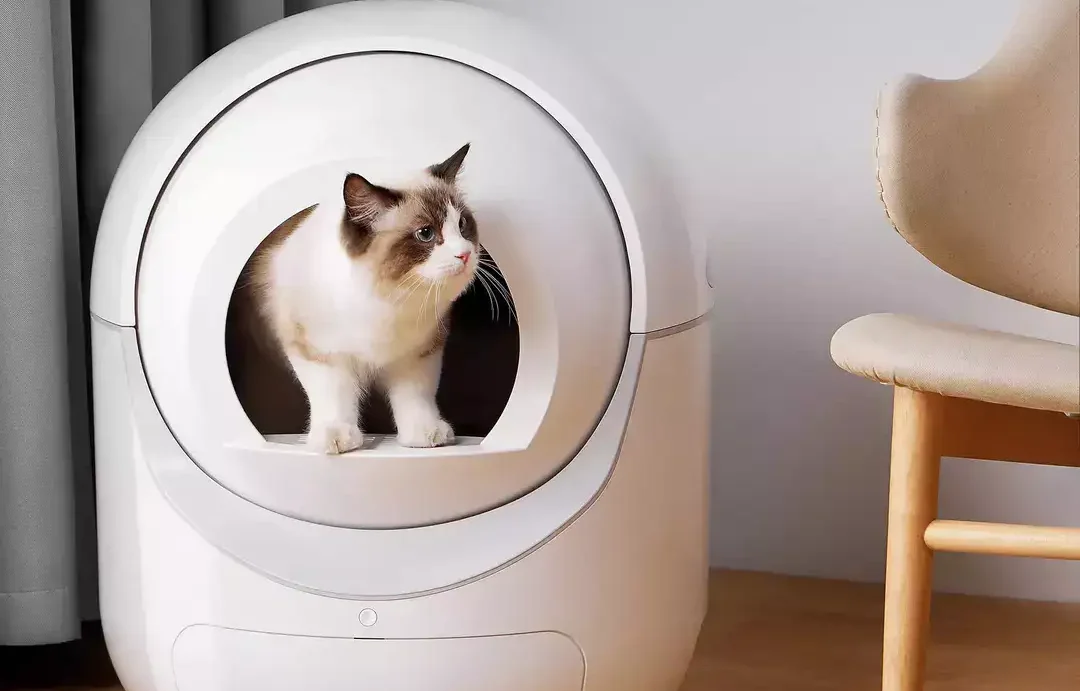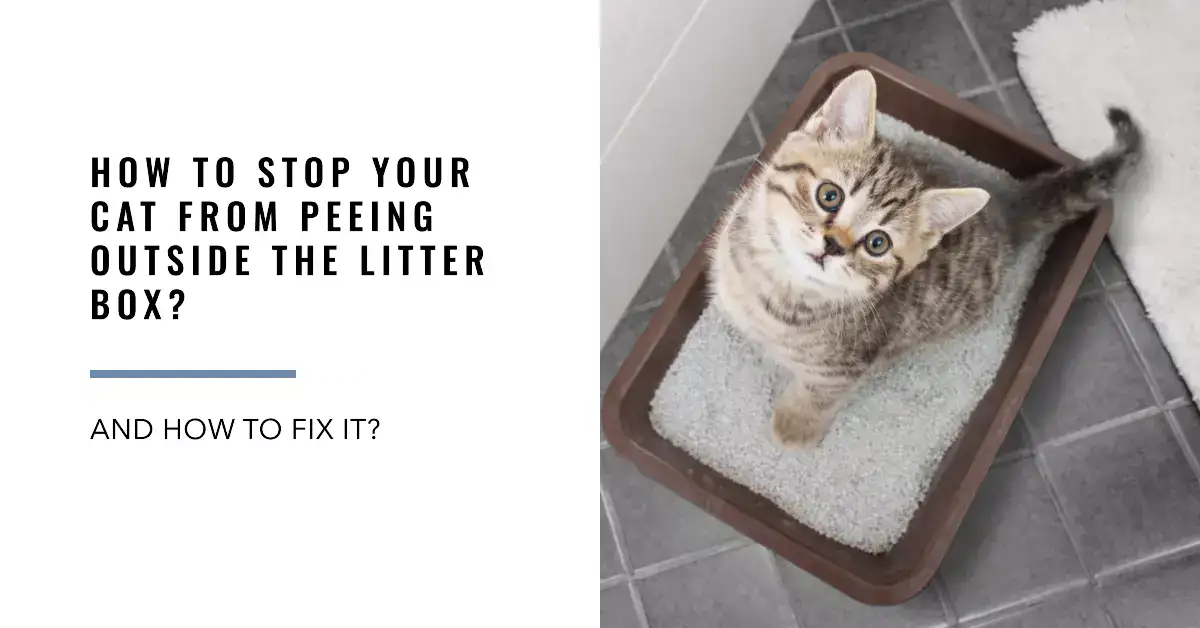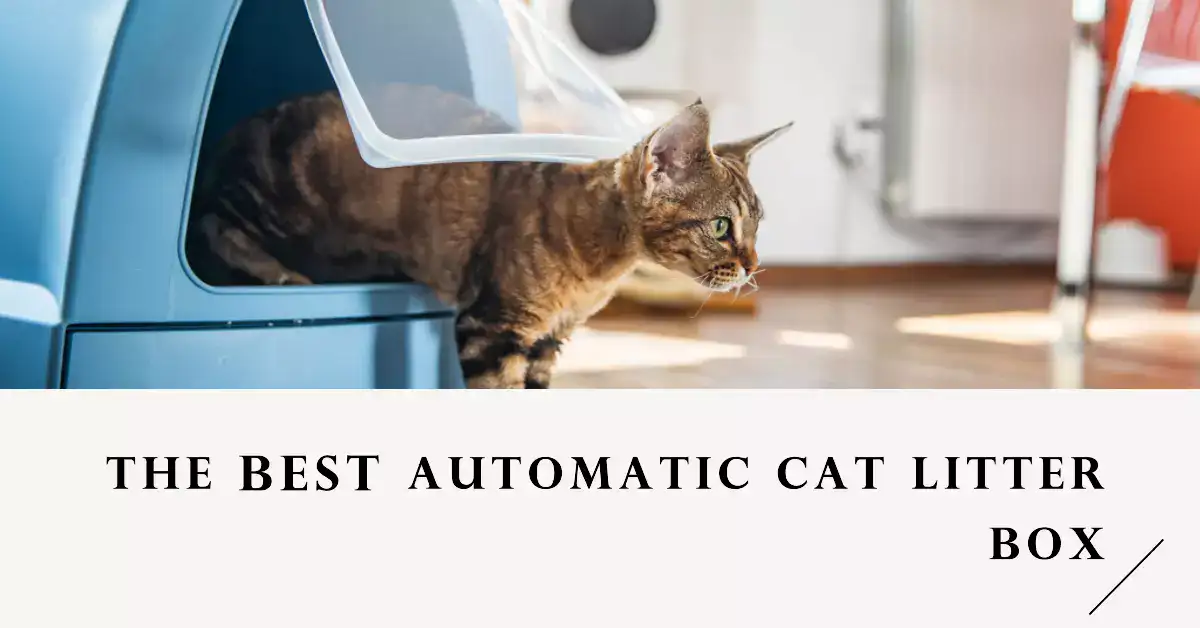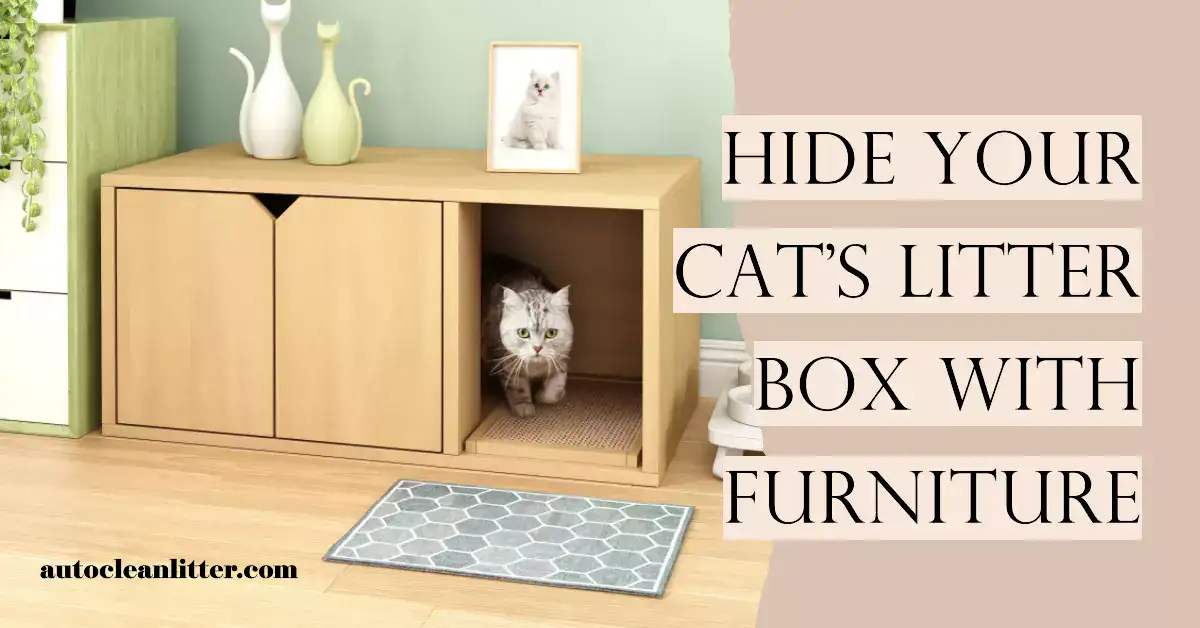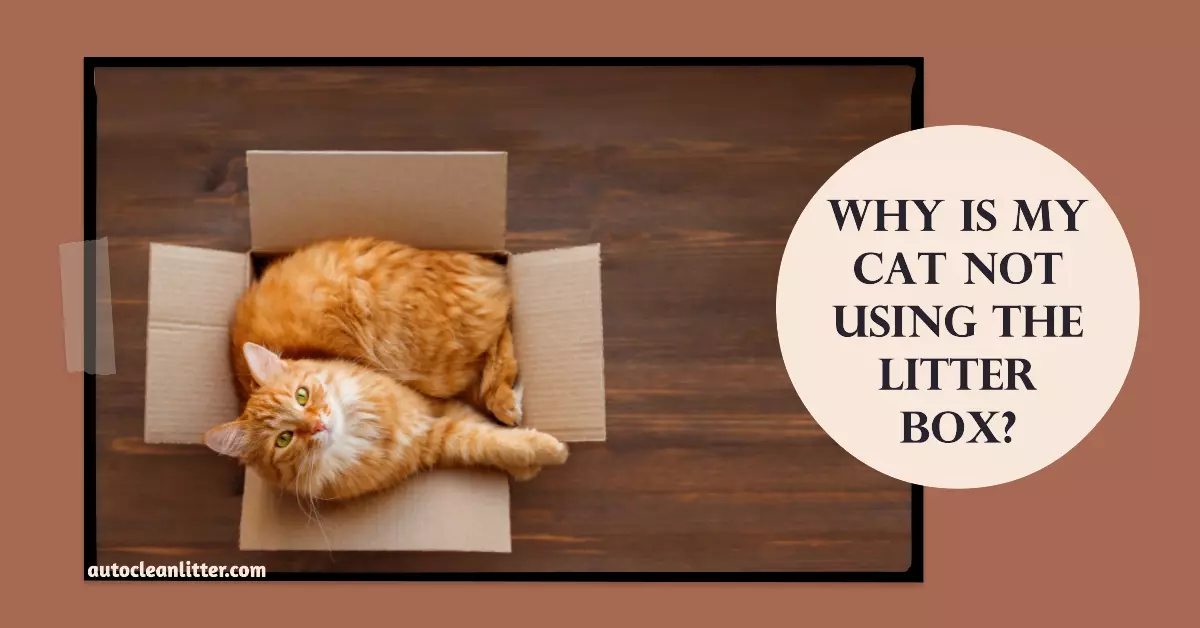Cats, those enigmatic and elusive creatures, have fostered a unique bond with humans for millennia. While some people might assume cats are solitary and independent, their affinity for humans tells a different story. Understanding why cats like humans and choose to sleep with their owners involves a journey through history, social interactions, and the subtle art of feline communication.
Why Do Cats Like Humans?

The Evolution of Cat-Human Bonding
The relationship between cats and humans is a remarkable tale of evolution and adaptation. Thousands of years ago, cats were domesticated primarily for pest control, hunting down vermin that threatened food supplies. Over time, these felines, initially valued for their utilitarian role, began to integrate deeper into human society. As cats settled into human habitats, a mutual bond evolved, transitioning them from hunters of pests to companions nestled among us. Today, their role has transformed even further as they have become beloved family members, sharing in the rhythms of our daily lives.
Cats as Social and Affectionate Creatures
Cats are often misunderstood as aloof and independent, yet anyone who has spent time with a feline friend knows they are indeed social creatures, capable of deep affection. While their manner of showing love contrasts with more overt animals like dogs, cats express their affections in nuanced ways, each unique to the individual animal. For a deeper dive into their social behaviors, read What Do Cats Like to Do for Fun? Knowing how to read these signs can enhance your bond with your pet, making it clear that these creatures love in their own special way.
How Cats Communicate Their Affection to Humans
Cats employ a fascinating combination of body language and vocalizations to communicate their affection for humans. Observing and interpreting these signals can offer insight into the depth of your cat’s feelings and trust.
Body Language: Tail Movements, Eye Contact, and More
One of the most telling forms of feline communication is body language, including the carriage of their tails and the nuances of their gaze. A cat signaling affection might approach you with a tail held high and gently flick at the tip—often seen as a sign of happiness and excitement. Eye contact also plays a significant role; a slow blink is often referred to as a “cat kiss,” conveying relaxation and trust. Understanding these gestures can deeply enrich the relationship you share with your feline friend.
Vocalizations: Meows, Purrs, and Chirps
Beyond body language, cats use various sounds to communicate. Meowing, for instance, is primarily a communication method reserved for humans, with each variation in pitch and duration offering different meanings—from greetings to requests for attention. The soothing rumble of a purr, often heard when a cat is content and secure, illustrates comfort and pleasure. Moreover, chirps, often directed at windows or walls, illustrate a cat’s hunting instincts and excitement. These vocal cues are intrinsic ways cats express their affection and emotional states to their human companions.
The Role of Trust in Cat-Human Relationships
Trust is integral to the relationship between cats and humans, dictating everything from interaction levels to cohabitation harmony. Building trust often requires time and patience, listening to and respecting your cat’s boundaries and signals. When a cat trusts you, they may demonstrate it by curling up nearby, grooming you, or sharing a nap. Articles like Understanding Why Your Cat Loves Sleeping on Your Pillow break down these behaviors, highlighting trust as a cornerstone in the harmonious coexistence shared with our feline partners.
Why Do Cats Like to Sleep With Their Owners?

Cats have long fascinated humans with their enigmatic behavior and innate sense of independence. Yet, one behavior that delights and mystifies cat owners is their tendency to sleep close to their humans. Understanding why cats exhibit this behavior is an intriguing journey into their complex psyche and evolutionary adaptations. By delving into reasons such as warmth, security, and bonding, we can better appreciate these furry companions and the intricate ways they express affection.
Seeking Warmth and Comfort
Cats are endothermic creatures with a naturally higher body temperature, often reaching around 102 degrees Fahrenheit. This biological trait propels them to seek warm environments to conserve energy. Consequently, when your cat curls up with you at night, it’s taking advantage of your body’s warmth, essentially turning you into its personal heater.
Moreover, cats are known for their love of comfort. Your bed provides a plush and cozy environment, enticing them to snuggle up close. Cats often explore every corner of the household before settling on the plushest, warmest spot to rest and recharge their batteries, as evident in behaviors described in the post Why Does My Cat Steal My Seat? 6 Surprising Reasons Explained.
A Sense of Security and Protection
The feline ancestors of our domestic cats lived in the wild, where survival depended on seeking protection from potential threats. Today’s house cats retain these instincts, and their relationship with humans has grown to emulate a protective alliance. By sleeping close to you, cats not only gain a sense of security but may also be offering reciprocal protection.
Strengthening the Bond Through Close Proximity
Sleeping in close proximity is an intimate act, signifying trust and affection. Cats, though known for their selective and often aloof nature, bond deeply with humans they trust. This can be equated to a feline version of friendship, where the act of sharing a bed is a demonstration of the bond they’ve formed with their owners.
Sharing such close quarters might even elevate the relationship status between you and your cat, as seen in studies cited in posts like Can Cats and Babies Become Friends? Essential Tips, showing they value and actively choose human company.
Understanding Cats’ Sleeping Patterns and Preferences
Cats are well-known for their unique sleeping habits, which often lead to intriguing choices of sleeping arrangements. Their nocturnal nature means they may be more active at night, but contrary to popular belief, many indoor cats have adapted to their humans’ sleep schedules. Their preference for certain sleeping spots, including the choice to snuggle up with their human, is driven by a multitude of factors.
Why Cats Choose Specific Spots to Sleep
The science behind why cats select certain sleeping spots relates to both environmental and emotional preferences. Physiologically, cats search for areas that offer warmth or intriguing scents. Finding a comfortable spot is key, and given the warmth and smell of their favorite human, beds become prime real estate for cat naps.
Emotionally, areas associated with their humans might carry comfort and familiarity, offering them the soothing presence they crave, much like when Understanding Why Cats Need the Thrill of the Hunt reveals their instinctual needs for reassurance and safety.
The Science Behind Cats Sleeping With Humans
Scientific perspectives on cats sleeping with humans often focus on the hormonal and emotional benefits it brings to both parties. The release of oxytocin—commonly called the love hormone—in both cats and humans during cuddling and gentle petting fosters a sense of tranquility and warmth.
Interestingly, research has shown significant parallels between human-animal relationships and human-human bonds. Much like in human interaction dynamics detailed in Essential Resources for Researching Cat Health Issues Online, cats choose to sleep with humans they trust most, showcasing fidelity similar to deep friendship bonds.
Do Cats Love Their Owners?

The mysterious bond between humans and cats has intrigued both pet owners and researchers alike. While cats are often seen as independent creatures, understanding cat affection reveals a unique dynamic of respect and mutual need. Contrary to some beliefs, cats indeed form meaningful connections with their owners, demonstrative through their subtle affections and behaviors.
Debunking Myths About Cats and Affection
Many myths perpetuate the idea that cats are aloof or indifferent to their human companions. However, these misconceptions often arise from not fully understanding feline behavior. For example, cats often display affection by bringing ‘gifts’ like small prey or toys. They are not just hunting trophies but also gestures of trust and care, an aspect explored in studies such as the 2011 study on cat-human relationships.
Signs That Your Cat Loves You
The question of do cats love us is often answered through their behavior. Each action has a purpose and understanding these cues can enhance the bond you share. Let’s explore some key indicators of feline affection.
Slow Blinks: The Feline Kiss
One of the most heartwarming demonstrations of a cat’s love is the slow blink. When a cat gazes at you and slowly closes its eyes, it’s akin to a feline kiss. Returning this gesture can solidify your bond with your furry friend.
Headbutting and Scent Marking
Headbutting, or bunting, is where your cat gently nudges their head against you. This is not just an act of affection but a way for cats to mark you with their scent, signifying you as part of their territory.
Kneading: A Throwback to Kittenhood
Kneading, or ‘making biscuits,’ is another reassuring sign of your cat’s affection and comfort. It’s a behavior that traces back to kittenhood when kittens knead their mother’s belly to stimulate milk flow. Adults knead to express relaxation and satisfaction.
Grooming: Sharing Their Love

When your cat licks you, it shares a bonding gesture similar to what they do with their kin. Grooming your cat in return can serve to strengthen your relationship, offering mutual trust and respect.
How Cats Show Love Differently From Dogs
Cats and dogs each have distinct methods of expressing affection. While dogs might be more overt and physically demonstrative, cats employ subtler methods. Understanding pet terminology regarding feline behavior can offer insights into these differences.
Cats are selective. They often choose when and how to show affection based on their mood and environment, which can make their expressions of love all the more meaningful. Recognizing when a cat seeks closeness, whether through sleeping strategies or verbal communication like soft meows and purrs, demonstrates their special affection for humans.
In conclusion, while cats express love differently than dogs, their subtle gestures of affection are profound. Through understanding, respect, and observation, pet owners can form a warm, enriching relationship with their feline friends, enjoying companionship that goes beyond the surface.
Building a Strong Relationship With Your Cat

Building a steadfast bond with your feline companion hinges on mutual respect, understanding, and attentive care. Cats, though often misunderstood as aloof, have an intricate communication style that requires patience and observation to decode. The reward for your perseverance is a profound connection that can greatly enhance the quality of life for both you and your pet.
To foster such a relationship, it’s crucial to recognize your cat’s unique ways of showing love and affection. From gentle headbutts to contented purring, cats express their trust in numerous subtle ways. Recognizing these signs of affection and responding appropriately can deepen the bond you share with your cat.
Understanding Your Cat’s Love Language
Each cat has its distinct love language that may include soft meows, playful swats, or leaning into cuddles. Identifying these signs lets you understand when your cat feels content and secure. To help decode these gestures, consider the tail positions, ear directions, and vocalizations your cat uses frequently.
For example, a slow blink from your kitty is akin to a ‘cat kiss,’ indicating trust and affection. Reciprocate this gesture by blinking slowly back and maintaining soft eye contact. Such interactions not only affirm your bond but also allow your cat to communicate in a manner they’re comfortable with.
Respecting Their Boundaries and Preferences

Acknowledging and respecting your cat’s boundaries is pivotal in developing trust. Cats cherish their space, and overruling their independence can hinder the relationship. Allow your cat the autonomy to seek out affection, initiate play, and retreat when needed.
Activities to Strengthen the Bond
Playtime: Engaging Your Cat’s Instincts

Regular play sessions are an excellent way to strengthen your bond with your cat. Engaging in activities like chasing a laser toy, playing with a ball, or waving ribbon toys taps into their natural hunting instincts. These sessions not only offer physical exercise but also provide mental stimulation, crucial for a cat’s overall well-being.
Ensure variety in play, and observe what types of activities your cat enjoys the most. For further tips on creating engaging experiences, check out ways to make playtime exciting for cats.
Quiet Time: Sharing Relaxing Moments Together
In addition to active play, sharing peaceful moments can be equally rewarding. Spend time each day simply sitting with your cat while reading or watching TV, allowing them to choose the level of interaction. Sometimes just being there as a source of warmth and comfort is enough.
Use this time for gentle petting or grooming if your cat is receptive to it. Such interactions can reinforce security and play a significant role in maintaining a strong bond.
Creating a Safe and Loving Environment for Your Cat

Creating an environment where your cat feels safe and loved is essential for their happiness. This includes ensuring that they have a cozy and clean space to rest, which might be a dedicated sleeping area.
Beyond physical comfort, a safe environment also involves emotional security. Cats need stability, predictable routines, and the assurance that their needs for food, water, and companionship will be consistently met.
















